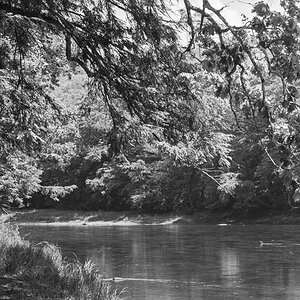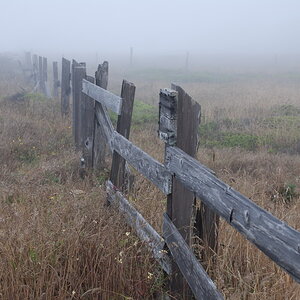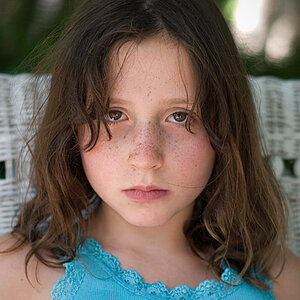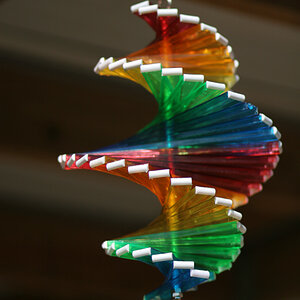Tight Knot
No longer a newbie, moving up!
- Joined
- Nov 30, 2010
- Messages
- 1,398
- Reaction score
- 159
- Location
- Boca Raton, FL
- Website
- www.lensphotoworld.com
- Can others edit my Photos
- Photos OK to edit
Hi everyone,
I hope you're all having a great weekend.
I know I shouldn't be using a laptop to edit my images. However, this is what I have, and therefore this is what I have been using. I am currently using an ASUS N550JK w/windows 10 (about 2 1/2 years old), and until recently thought it was color calibrated perfectly. I use the x-rite I1 display to color calibrate and check my calibration monthly.
I did a real estate shoot a few weeks ago for a new realtor, and the client loved my images, but said her boss felt they were too yellow. I, of course told her that it was more than likely that her boss was looking at the images on a non-color calibrated monitor, and mine was perfectly calibrated.
She said fine, and we left it at that. I've never had this complaint before.
I just shot a family shoot last week, and after the client chose the images they wanted printed, I went to my local printer, whom I've never used before (as we've just moved to the State). I always try to give the work to people locally where possible.
Being the first time I went to them, I sat through the printing process with them, to make sure I was happy. The first image they opened on their computer looked terrible. Way too dark and saturated. They told me that they had never color corrected their monitors, and the prints always come out looking like the image on the monitor. Needless to say, I was very skeptical, but felt that I should still give them a chance.
Well, it turns out they were correct. The print looked just as bad as the image on their monitor.
So, I chose a few images to test, re-edited them in PS on their computer, and they printed out beautifully. Perfect color, exposure and sharpness.
Of course, I was very surprised to say the least (and humbled).
I went back and checked the color calibration on my monitor, and it came out exactly as it was set to prior to this new calibration. No change.
My next step was to print the images myself on my Canon Pixma Pro-100. They came out very dark and saturated, but not as bad as the local printer, and almost as sharp.
I then sent the files to WHCC to see how they would come out, and ordered 2 sets of identical prints, one set color corrected by WHCC, and the other exactly as I'd taken to the local printer.
I received the photos back on Friday and was mightily disappointed. The color corrected images printed out perfectly in color, vibrancy and saturation, but printed out VERY soft. Almost blurred. Even worse, the non-color corrected images printed out terribly, way too dark and saturated, AND VERY soft. Almost blurred. Proving to me that the calibration on my laptop was way off.
I then contacted Adobe, Asus, X-Rite and Canon, reset my calibration with each one and nothing helped.
I now believe that I will never get the calibration correct on this laptop, and have to get a new desktop to edit on, and a new laptop to show clients their images in the comfort of their own home.
I am hoping for a few answers from those who actually know.
1. Is their any way to get this laptop working correctly? Which is the preferred route, as money is very, very tight.
2. If not, what would you recommend for a good desktop AND monitor, to edit both stills and video in photoshop, premier pro etc and run other programs at the same time without overloading the system?
3. What laptop would you recommend to show my clients their images to create their orders? (I eventually want to get a good projector to show them their images lifesize, but that is not in the budget yet).
4. Considering how soft the images were from WHCC (even the color corrected images), should I expect a refund on those images? I was exceptionally disappointed in the quality.
Any help would be GREATLY appreciated.
Thanks.
I hope you're all having a great weekend.
I know I shouldn't be using a laptop to edit my images. However, this is what I have, and therefore this is what I have been using. I am currently using an ASUS N550JK w/windows 10 (about 2 1/2 years old), and until recently thought it was color calibrated perfectly. I use the x-rite I1 display to color calibrate and check my calibration monthly.
I did a real estate shoot a few weeks ago for a new realtor, and the client loved my images, but said her boss felt they were too yellow. I, of course told her that it was more than likely that her boss was looking at the images on a non-color calibrated monitor, and mine was perfectly calibrated.
She said fine, and we left it at that. I've never had this complaint before.
I just shot a family shoot last week, and after the client chose the images they wanted printed, I went to my local printer, whom I've never used before (as we've just moved to the State). I always try to give the work to people locally where possible.
Being the first time I went to them, I sat through the printing process with them, to make sure I was happy. The first image they opened on their computer looked terrible. Way too dark and saturated. They told me that they had never color corrected their monitors, and the prints always come out looking like the image on the monitor. Needless to say, I was very skeptical, but felt that I should still give them a chance.
Well, it turns out they were correct. The print looked just as bad as the image on their monitor.
So, I chose a few images to test, re-edited them in PS on their computer, and they printed out beautifully. Perfect color, exposure and sharpness.
Of course, I was very surprised to say the least (and humbled).
I went back and checked the color calibration on my monitor, and it came out exactly as it was set to prior to this new calibration. No change.
My next step was to print the images myself on my Canon Pixma Pro-100. They came out very dark and saturated, but not as bad as the local printer, and almost as sharp.
I then sent the files to WHCC to see how they would come out, and ordered 2 sets of identical prints, one set color corrected by WHCC, and the other exactly as I'd taken to the local printer.
I received the photos back on Friday and was mightily disappointed. The color corrected images printed out perfectly in color, vibrancy and saturation, but printed out VERY soft. Almost blurred. Even worse, the non-color corrected images printed out terribly, way too dark and saturated, AND VERY soft. Almost blurred. Proving to me that the calibration on my laptop was way off.
I then contacted Adobe, Asus, X-Rite and Canon, reset my calibration with each one and nothing helped.
I now believe that I will never get the calibration correct on this laptop, and have to get a new desktop to edit on, and a new laptop to show clients their images in the comfort of their own home.
I am hoping for a few answers from those who actually know.
1. Is their any way to get this laptop working correctly? Which is the preferred route, as money is very, very tight.
2. If not, what would you recommend for a good desktop AND monitor, to edit both stills and video in photoshop, premier pro etc and run other programs at the same time without overloading the system?
3. What laptop would you recommend to show my clients their images to create their orders? (I eventually want to get a good projector to show them their images lifesize, but that is not in the budget yet).
4. Considering how soft the images were from WHCC (even the color corrected images), should I expect a refund on those images? I was exceptionally disappointed in the quality.
Any help would be GREATLY appreciated.
Thanks.





![[No title]](/data/xfmg/thumbnail/42/42277-63576745f84be96df79b94ca0f49e00b.jpg?1619740085)

![[No title]](/data/xfmg/thumbnail/42/42279-f60778d39180ee6cd87fc84a15559b96.jpg?1619740087)
![[No title]](/data/xfmg/thumbnail/34/34058-276eb00b31d5bfacf4028e7f729dc601.jpg?1619736257)
![[No title]](/data/xfmg/thumbnail/42/42281-7e2c2677bdc791ca1918fb67b6b760c5.jpg?1619740089)



